🌐 Digital Transformation: Essential Concepts for Reading Comprehension
Digital transformation refers to the integration of digital technologies into all aspects of business and society, fundamentally altering how organizations operate and deliver value. This phenomenon spans industries and impacts everything from communication to service delivery. RC passages on digital transformation often explore themes such as innovation, disruption, and societal adaptation to technology. Mastering these concepts will help readers interpret complex ideas about technological change and its implications.
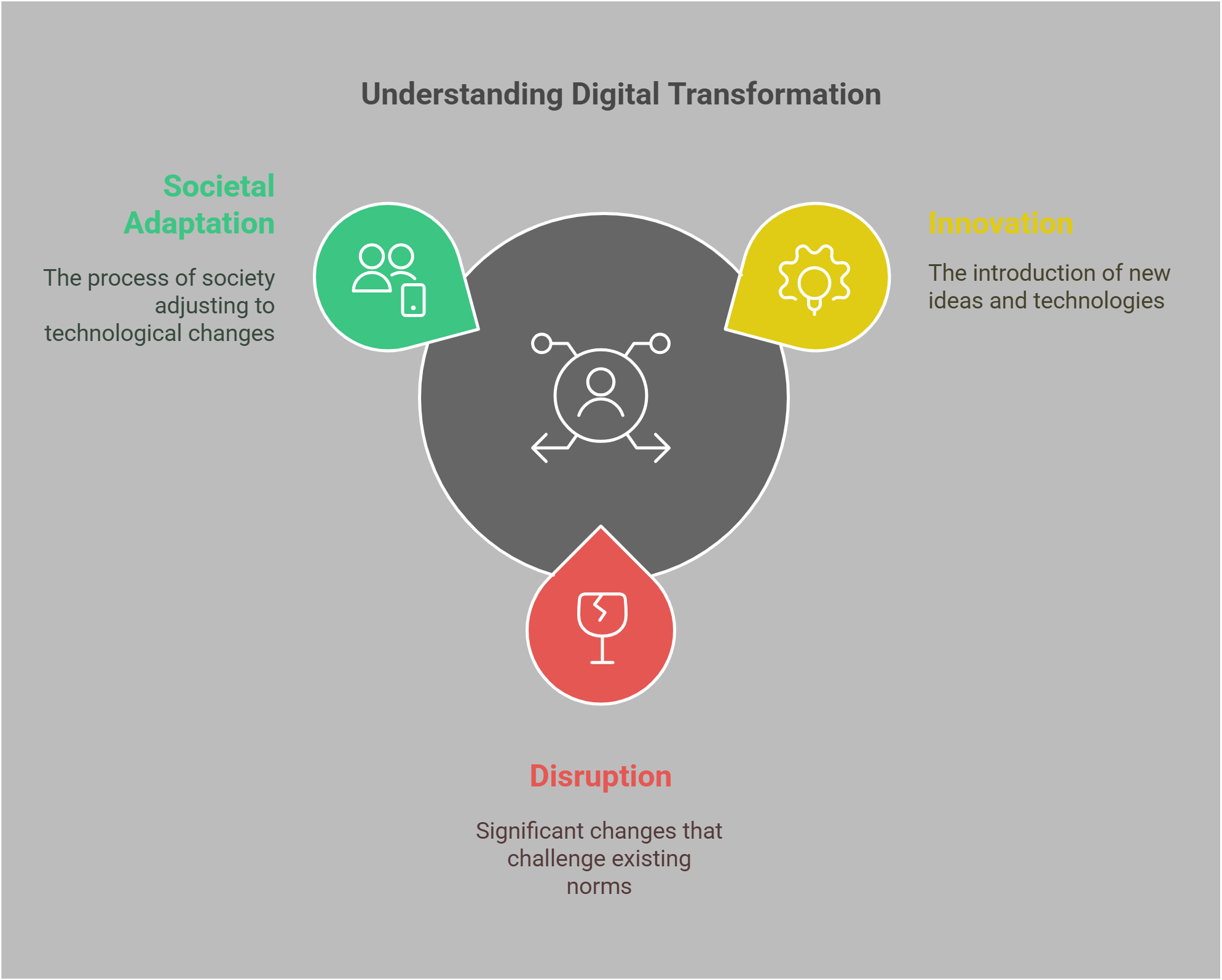
📋 Overview
This guide will explore the following essential digital transformation concepts:
- Digital Innovation
- Disruption and Adaptation
- Data-Driven Decision Making
- Cloud Computing
- Internet of Things (IoT)
- Artificial Intelligence and Machine Learning
- Cybersecurity
- Customer Experience in the Digital Era
- Digital Skills and Workforce Transformation
- Ethical Considerations in Digital Transformation
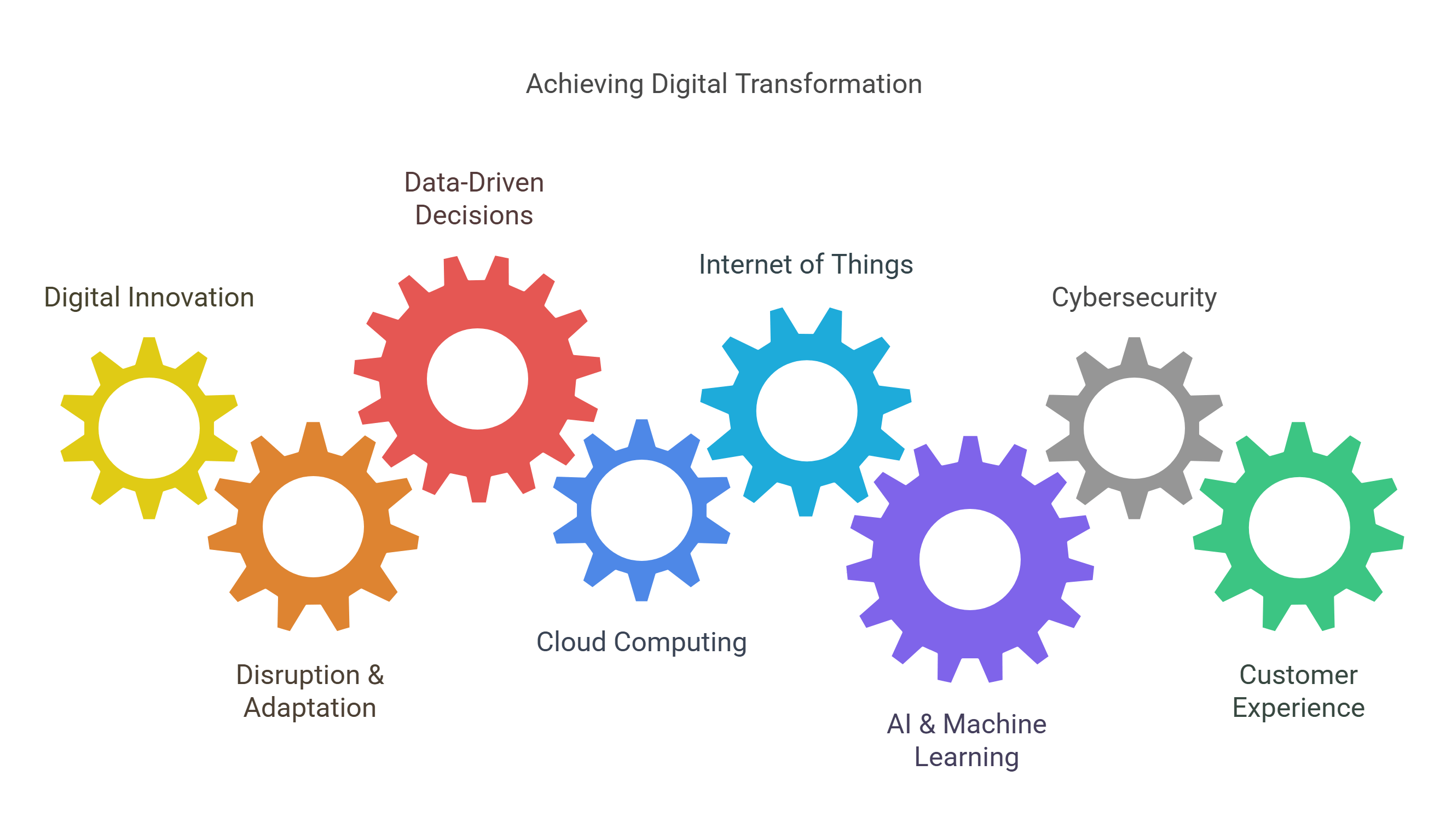
🔍 Detailed Explanations
1. Digital Innovation
Digital innovation involves using new technologies to create products, services, or processes that improve efficiency, convenience, or user experience. This concept drives the digital transformation journey for most organizations.
- Examples include mobile payment systems like PayPal and digital-only banking services like Nubank.
- Innovations often disrupt traditional methods, as seen in the shift from brick-and-mortar stores to e-commerce platforms like Amazon.
- Encourages a culture of experimentation and rapid iteration.
Explained Simply: Digital innovation is like inventing smarter tools to make life and work easier, whether it’s paying with your phone or shopping online.
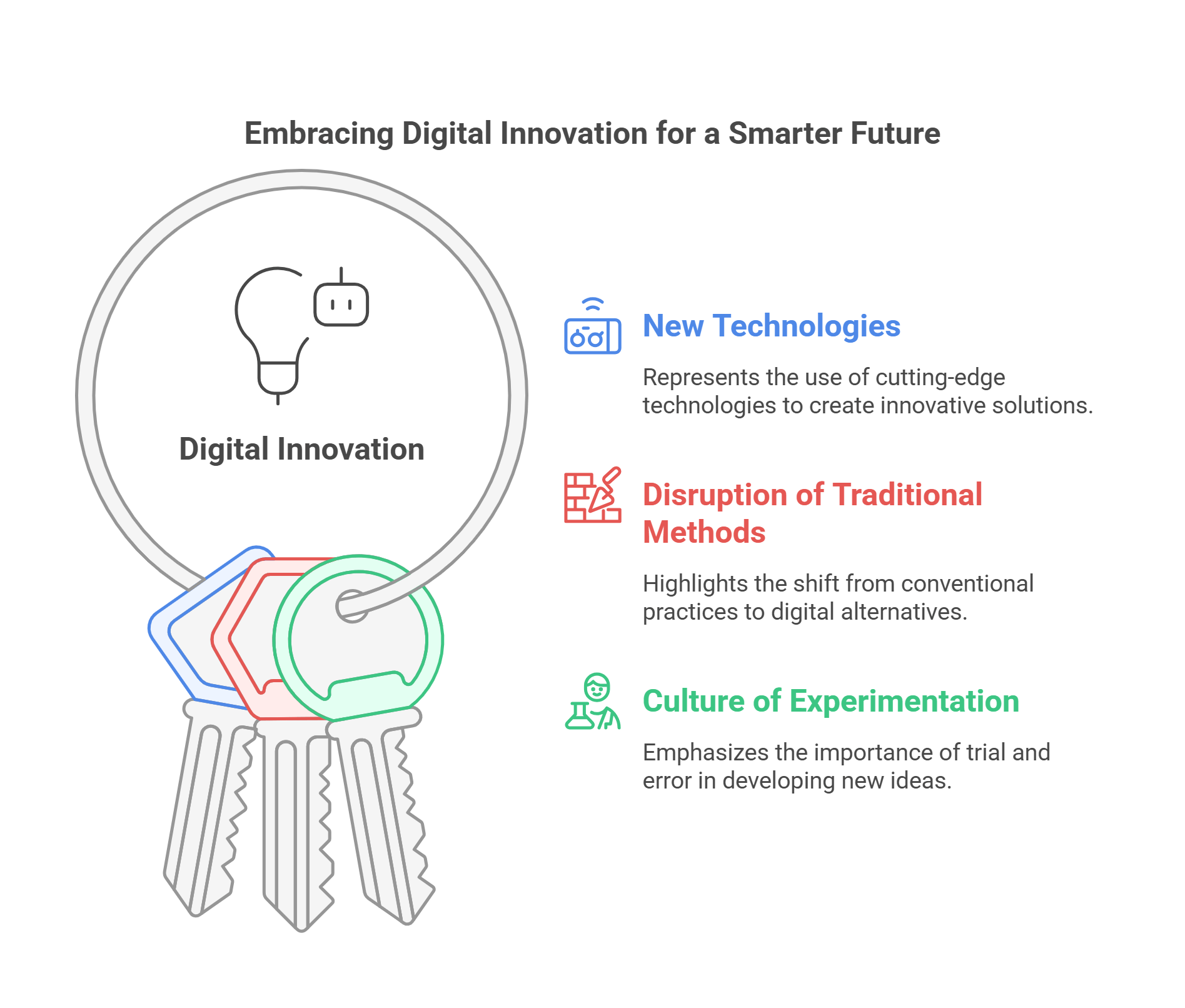
2. Disruption and Adaptation
Disruption occurs when new technologies or business models overturn established industries. Adaptation refers to how businesses and individuals respond to these changes to remain competitive.
- Ride-sharing apps like Uber and Lyft disrupted traditional taxi services.
- Streaming platforms like Netflix transformed the entertainment industry, forcing cable providers to adapt.
- Successful adaptation often involves embracing new technologies and rethinking old strategies.
Explained Simply: Disruption is like a sudden wave changing the shoreline, and adaptation is learning how to surf that wave.
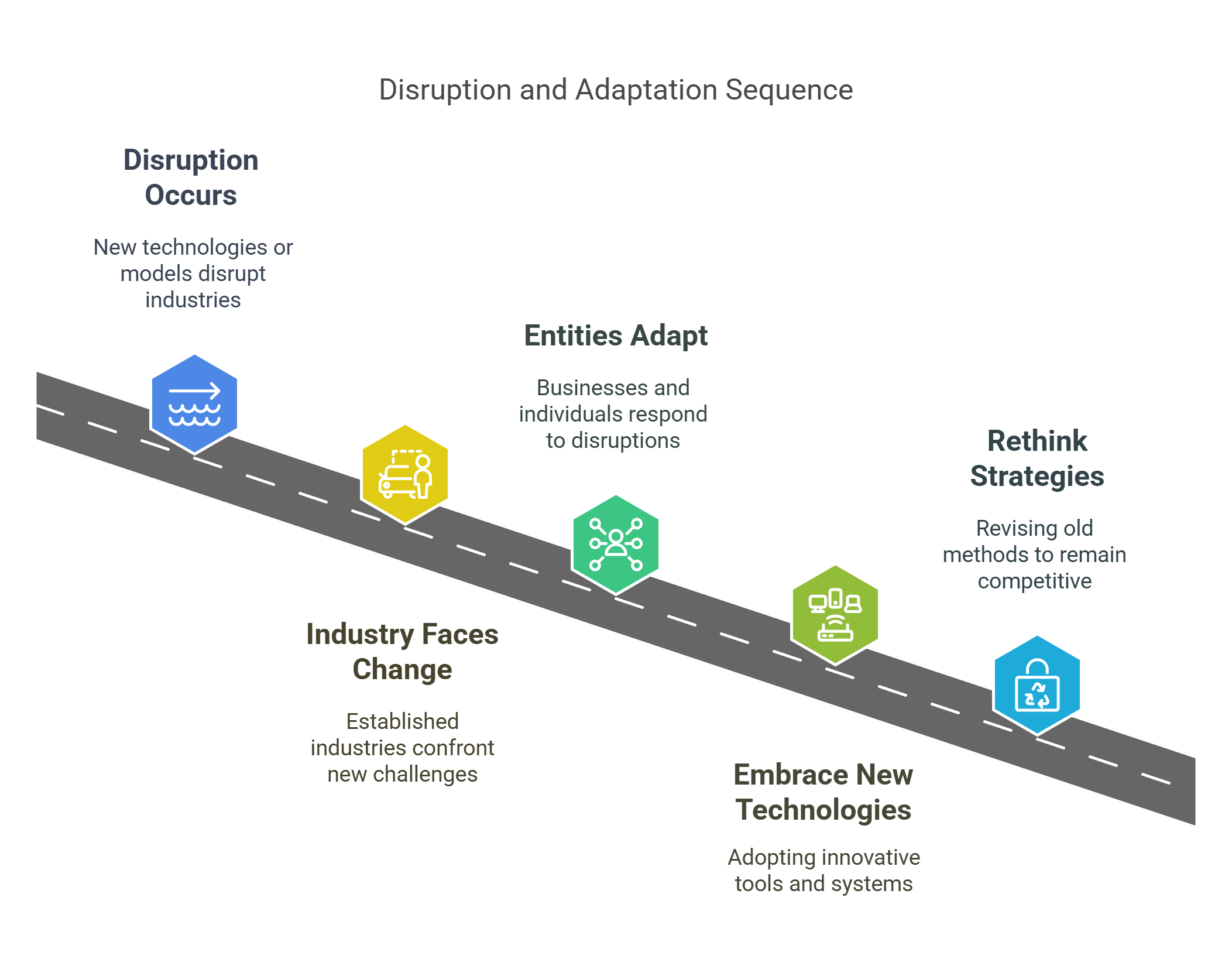
3. Data-Driven Decision Making
Data-driven decision making leverages insights from data analysis to inform strategies and operations. This approach ensures that decisions are based on evidence rather than intuition alone.
- Companies like Google and Facebook use data analytics to personalize user experiences and target advertising.
- Predictive analytics in retail helps forecast demand and optimize inventory.
- Tools like dashboards and AI algorithms make data insights accessible and actionable.
Explained Simply: Data-driven decision making is like using a map instead of guessing the best route to your destination.
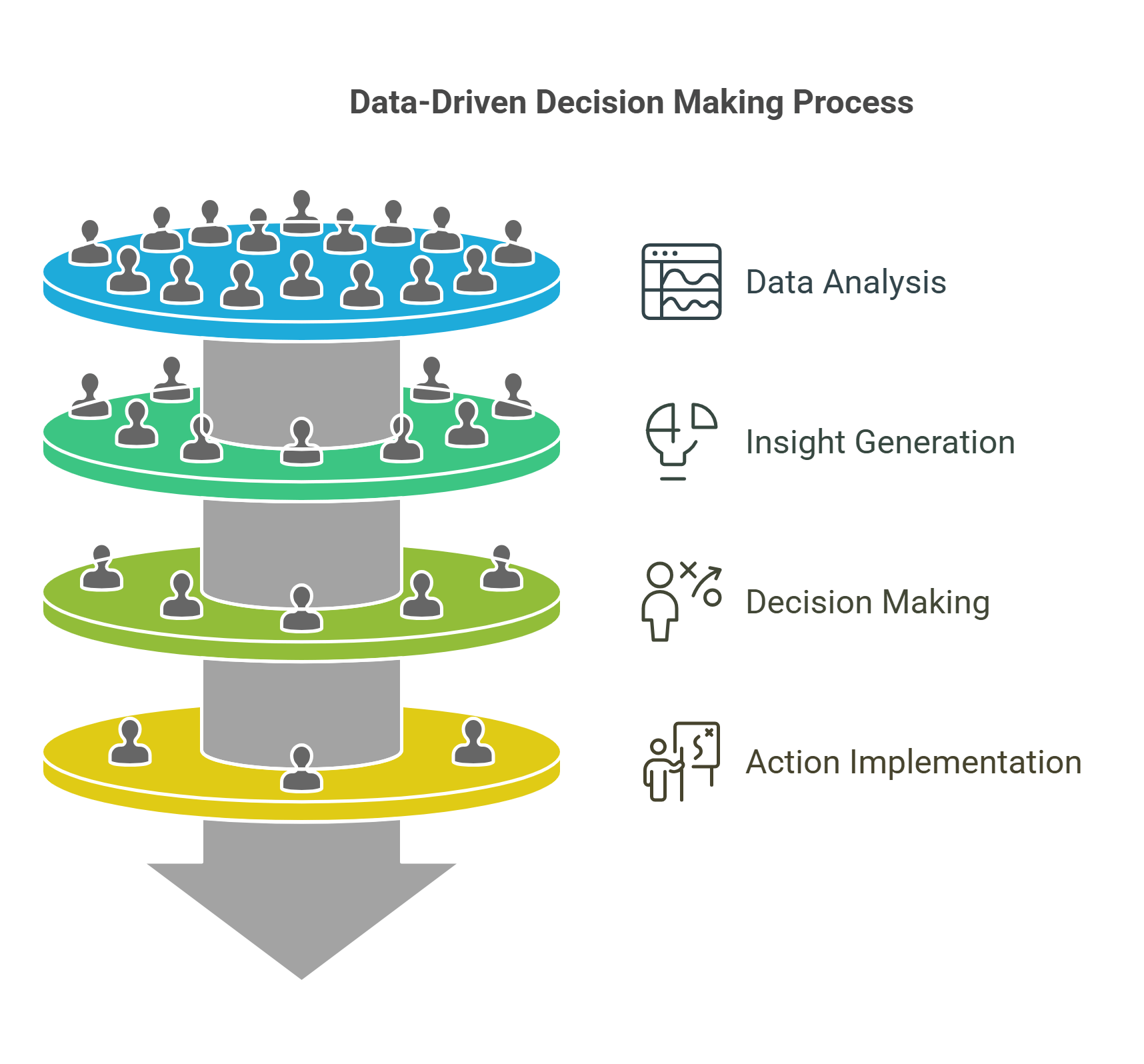
4. Cloud Computing
Cloud computing enables on-demand access to computing resources, such as storage and software, over the internet. This technology eliminates the need for physical infrastructure and promotes scalability.
- Services like Google Drive and Microsoft Azure provide businesses with flexible, scalable storage and processing power.
- Cloud-based collaboration tools, such as Slack and Zoom, have revolutionized remote work.
- Pay-as-you-go models make advanced technology affordable for startups and small businesses.
Explained Simply: Cloud computing is like renting a virtual warehouse for your data and tools, accessible anytime and anywhere.
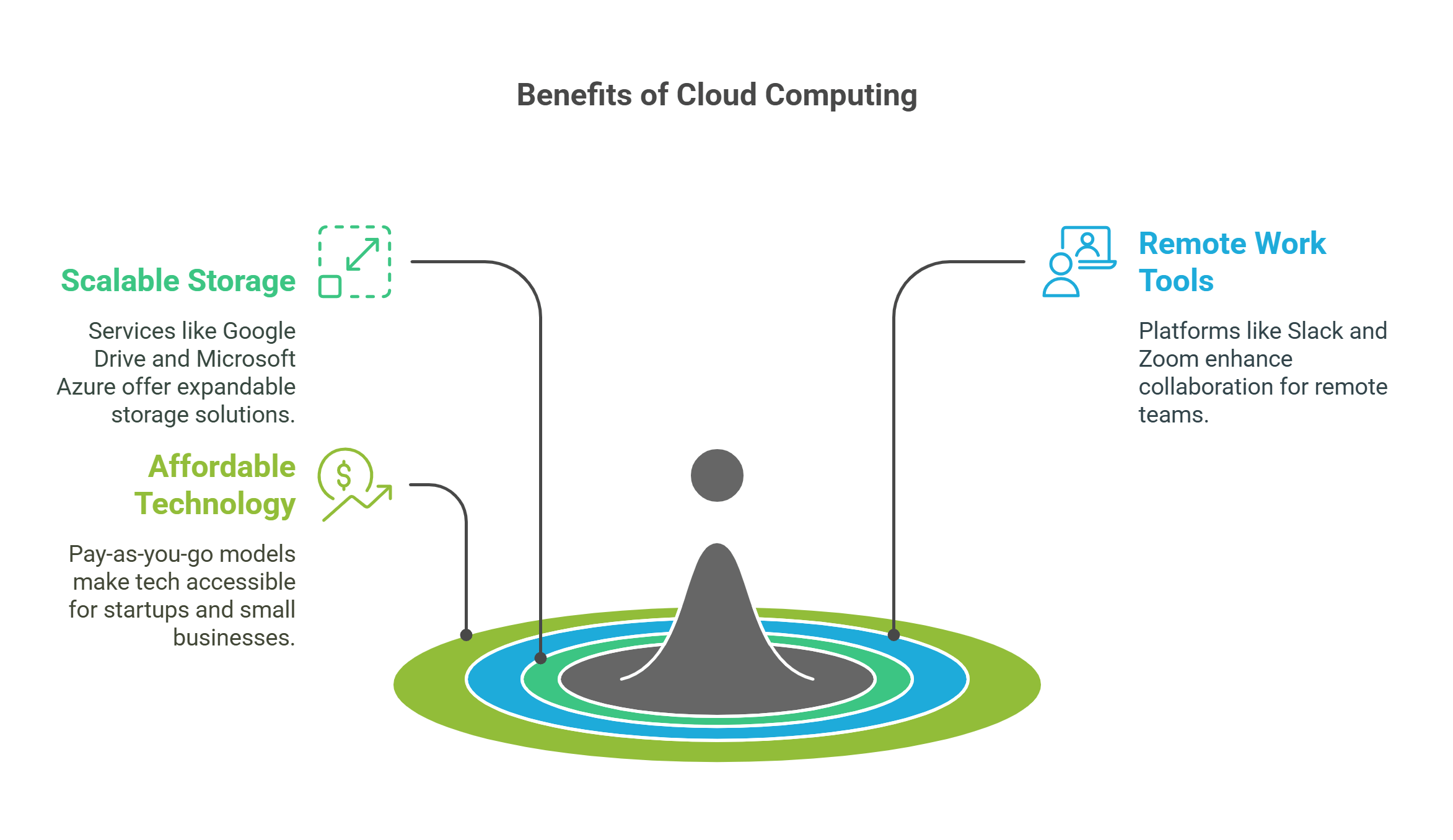
5. Internet of Things (IoT)
IoT refers to the network of interconnected devices that collect and exchange data. These devices range from smart home appliances to industrial sensors.
- Smart thermostats, like Nest, learn user preferences and optimize energy use.
- IoT applications in agriculture include sensors that monitor soil moisture and weather conditions.
- Industrial IoT enhances productivity by providing real-time insights into machinery performance.
Explained Simply: IoT is like creating a network where everyday objects “talk” to each other to make life easier and processes smarter.
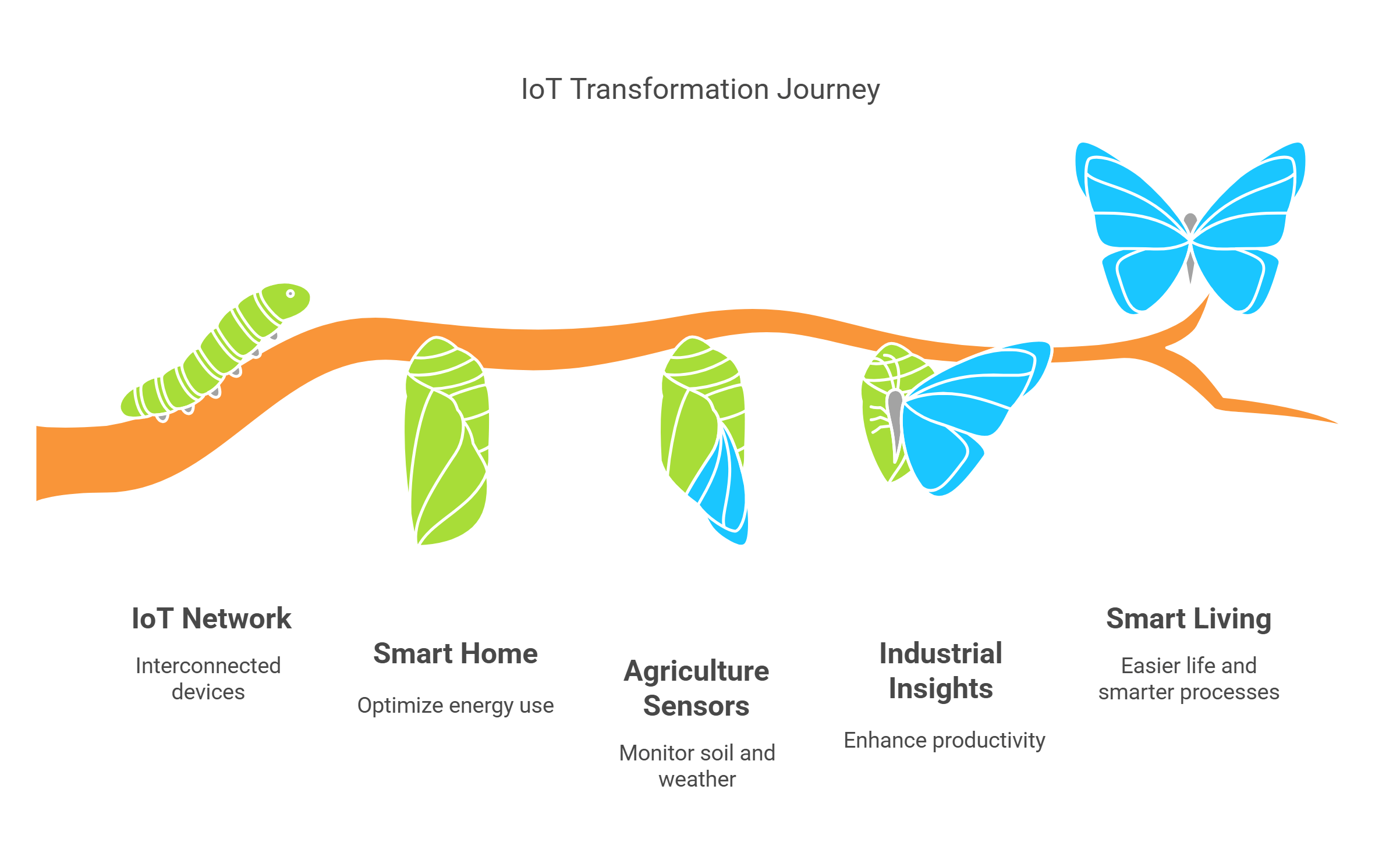
6. Artificial Intelligence and Machine Learning
AI and machine learning involve creating systems that simulate human intelligence and learn from data to improve performance over time.
- AI powers virtual assistants like Siri and Alexa, while machine learning enables spam filters to detect unwanted emails.
- Self-driving cars, like those developed by Tesla, rely on machine learning to navigate roads.
- AI tools are used in healthcare for tasks like diagnosing diseases or personalizing treatment plans.
Explained Simply: AI and machine learning are like teaching machines to think, learn, and solve problems just like humans do.
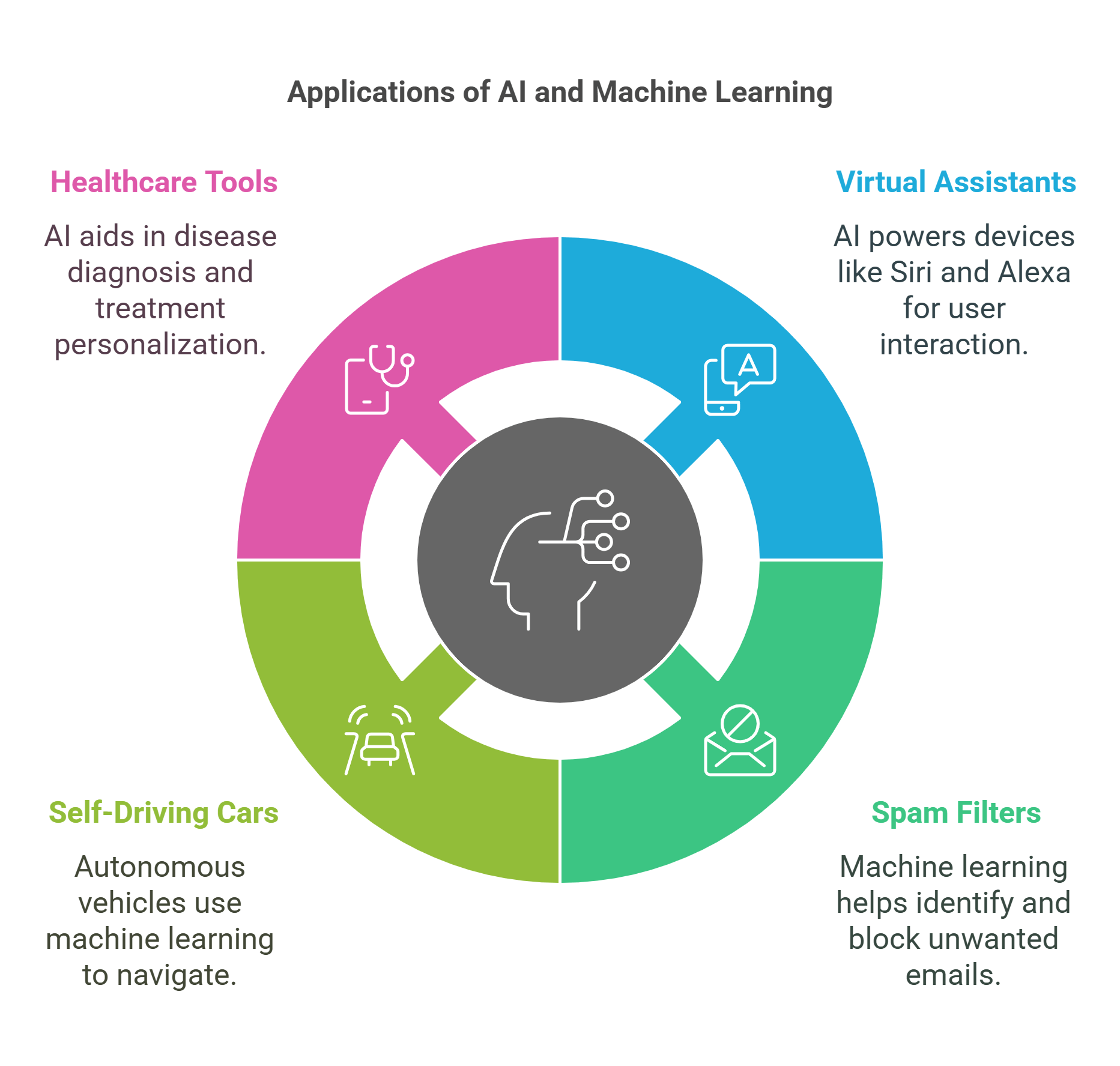
7. Cybersecurity
Cybersecurity focuses on protecting digital systems, networks, and data from unauthorized access and cyber threats.
- Encryption ensures data is unreadable without proper authorization.
- Firewalls and antivirus software act as barriers against potential cyberattacks.
- Companies implement multi-factor authentication to enhance security for sensitive operations.
Explained Simply: Cybersecurity is like locking your digital house and installing an alarm system to keep intruders out.
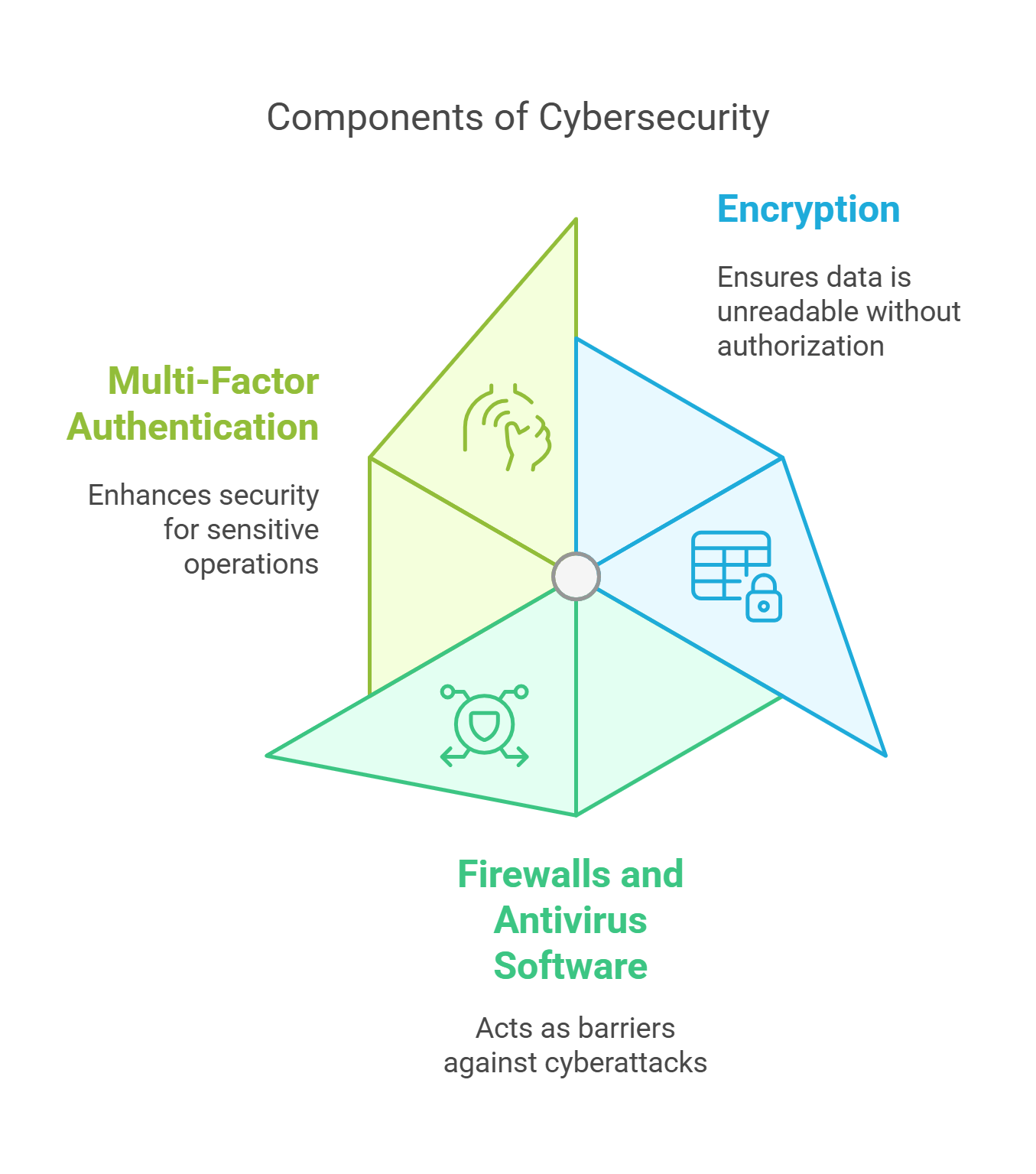
8. Customer Experience in the Digital Era
Digital transformation has reshaped how businesses interact with customers, emphasizing personalized, seamless experiences across platforms.
- Chatbots provide instant customer support, improving satisfaction and reducing wait times.
- Omnichannel strategies ensure consistency across physical stores, websites, and mobile apps.
- Data analytics helps tailor marketing campaigns to individual preferences.
Explained Simply: Customer experience in the digital era is like having a personal assistant who remembers your preferences and makes your interactions smooth.
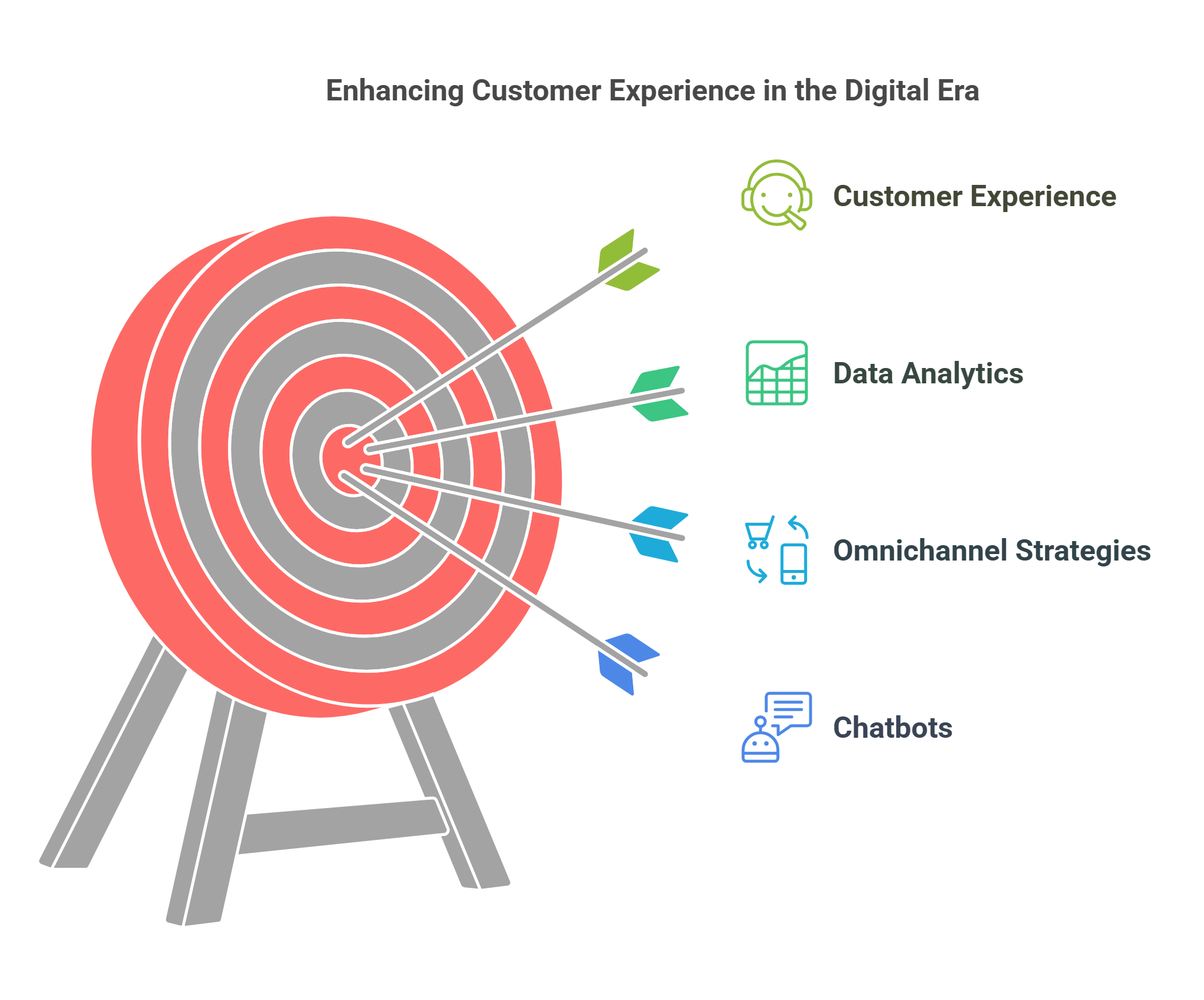
9. Digital Skills and Workforce Transformation
As technology evolves, the workforce must acquire digital skills to remain relevant. Workforce transformation involves reskilling and upskilling employees to meet the demands of a tech-driven world.
- Companies invest in training programs for skills like coding, data analysis, and cybersecurity.
- Remote work trends require proficiency with tools like Zoom and project management platforms like Asana.
- Digital literacy has become essential for navigating everyday life, from online banking to telemedicine.
Explained Simply: Workforce transformation is like going back to school to learn the tools and skills needed for the jobs of tomorrow.
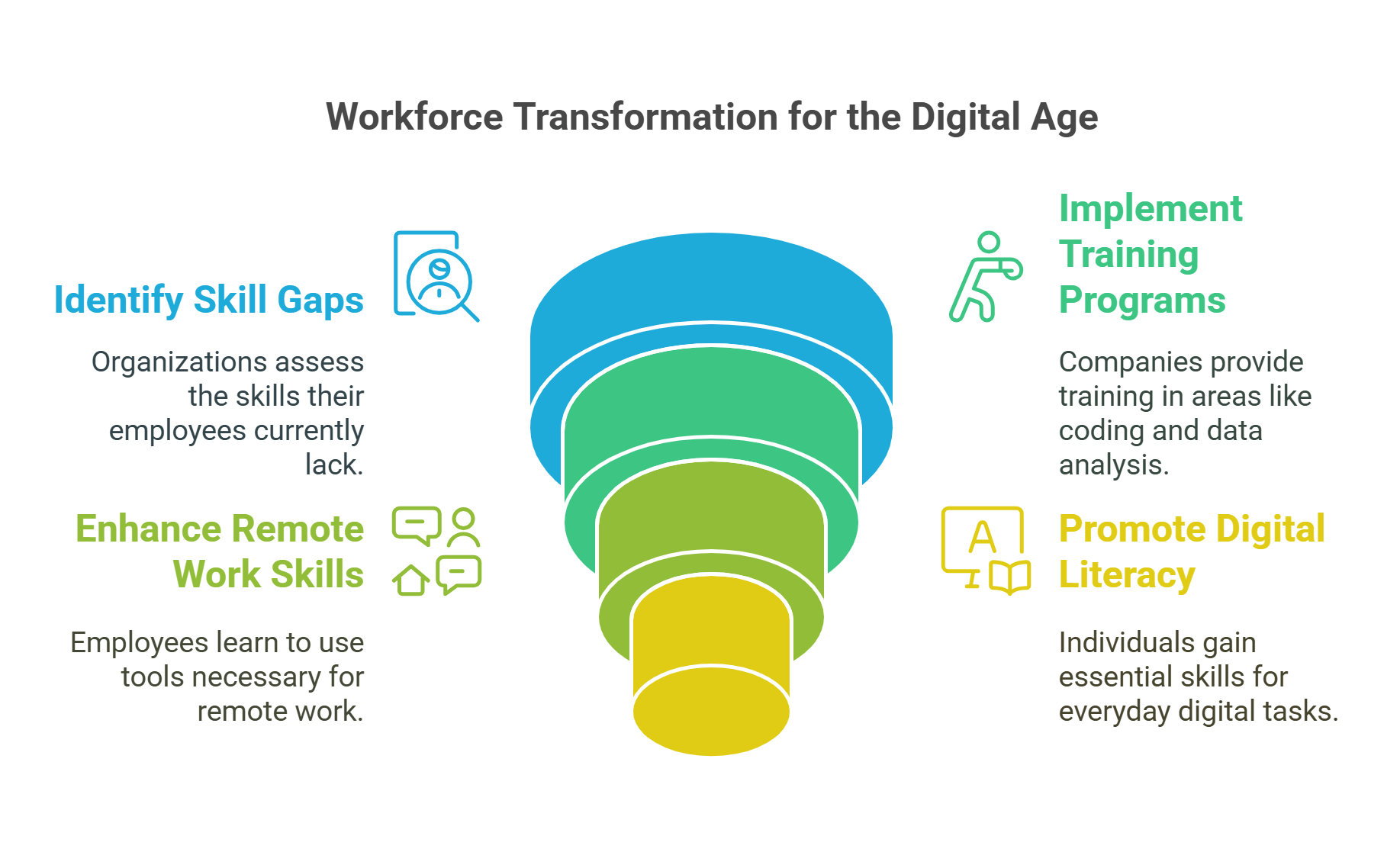
10. Ethical Considerations in Digital Transformation
Ethical considerations address the societal impact of digital transformation, including privacy concerns, data security, and fairness in AI algorithms.
- Companies must ensure transparency in how user data is collected and used.
- Bias in AI systems can perpetuate inequality, as seen in cases of facial recognition software misidentifying individuals from certain racial groups.
- Regulations like GDPR aim to protect consumer rights in the digital age.
Explained Simply: Ethical considerations are like setting ground rules to ensure technology benefits everyone fairly and responsibly.
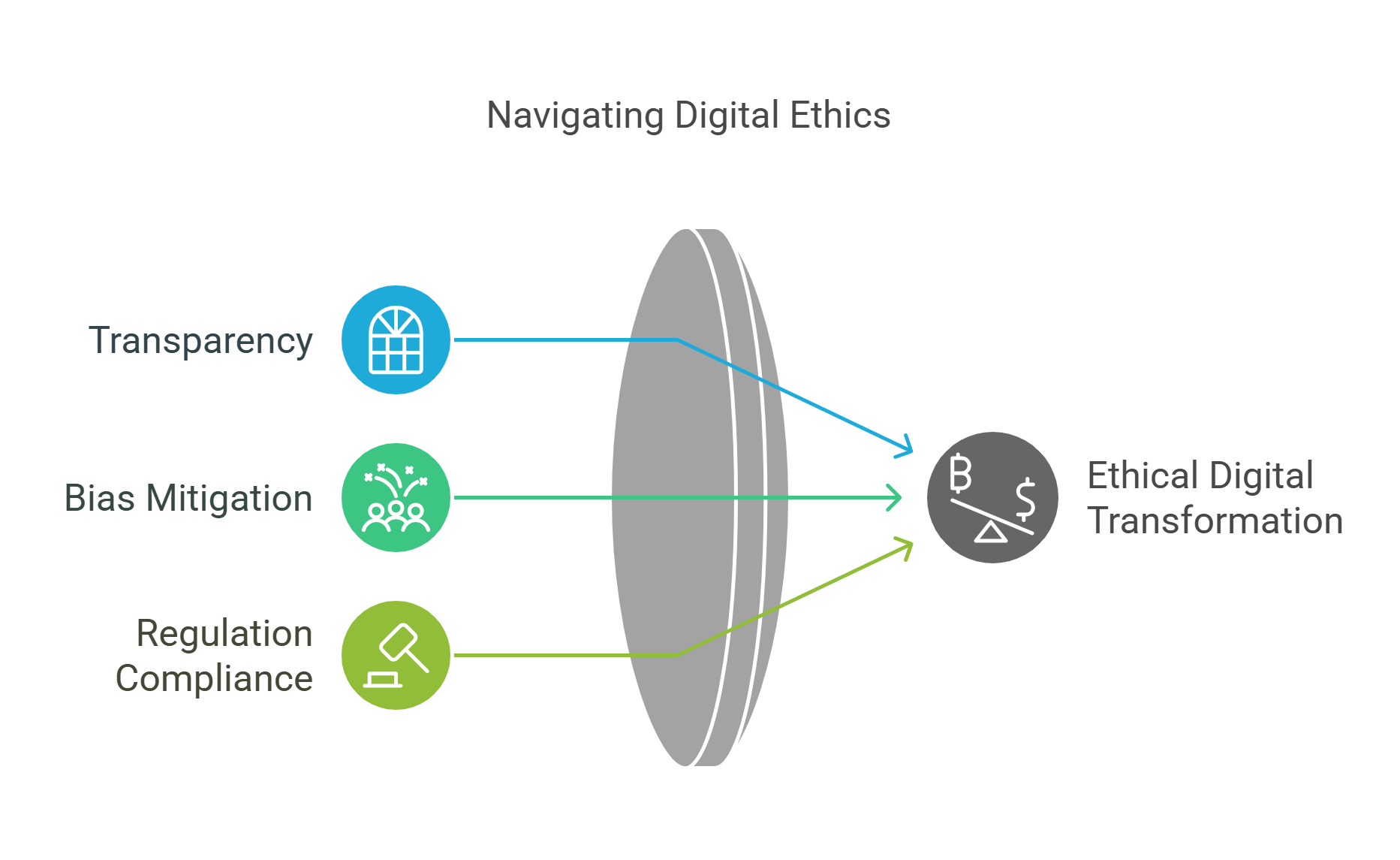
✨ Conclusion
Digital transformation is reshaping the world, offering immense opportunities and challenges. By mastering concepts like AI, IoT, and cybersecurity, readers will be better equipped to understand RC passages on this dynamic topic. Whether exploring innovation or addressing ethical dilemmas, digital transformation highlights the evolving relationship between technology and society. 🌐










